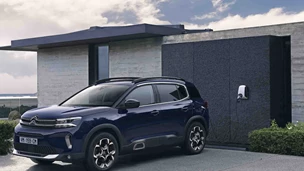When reading up about child seats that can be used for cars, you’ve likely come across the term ISOFIX. In this guide, we explain just what exactly ISOFIX is all about.
Basically, ISOFIX is the child car seat fitting system used as standard for virtually every new car and in a lot of older models as well.
Its main purpose is to make installing child car seats quick and easy, and allow them to be fixed to anchor points on the car rather than secured solely by the seatbelt.
How ISOFIX seats work
A child car seat compatible with ISOFIX is attached via metal bar connectors which are built into a car’s chassis and usually hidden by the car’s seat padding.
When the connectors are clicked together, the child car seat is secured by a third point, which is designed to stop the seat from tipping forward.
This third point will be either a support leg built-in the seat or seat base, or a top tether. The latter refers to a fabric strap which is mounted somewhere behind the rear seat. If you’re using a top tether, you’ll need to be sure the anchor point you use for it is in fact meant for top tether and is not actually a headrest stem or luggage tether fixing.

Child car seats are classified under different group numbers and ISOFIX applies to seats in Groups 2 and 3. Seats under these numbers can use ISOFIX anchorage points in the rear of cars, although remember that an adults seat belt is still used to secure the children in them.
The main advantage to take away from using ISOFIX seats is that you don’t have to remember to strap the child car seat in when there isn’t a child sitting in it. If you’re not using an ISOFIX seat, you’ll have to remember to secure the seat regardless before driving anywhere otherwise it could become a heavy projectile in an accident.
Does my car come with ISOFIX?
While you may need to double check for ISOFIX points if you own an older car, they are pretty much a standard thing for modern cars.
Since 2004, virtually every new car comes with at least some ISOFIX points in the rear seats. Top tether anchor points have also been a standard feature of cars since the end of 2012.




